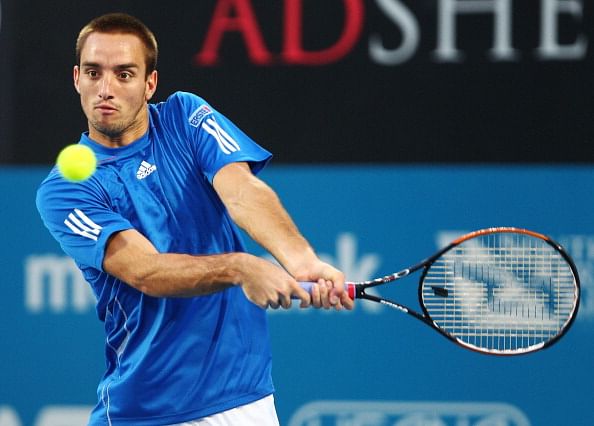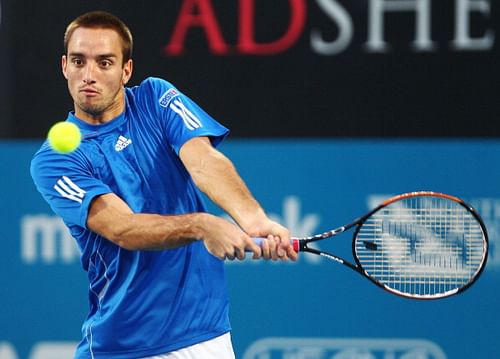
Doping: The Achilles' heel of tennis

Vikor Troicki recently succumbed to doping, when he tested positive for use of illegal substance
With the news of World No. 15 Marin Cilic allegedly testing positive for use of banned substances coming to the fore, the doping saga has returned to haunt the sporting world in general and tennis in particular.
Doping is a serious issue and in the world of sports, it has become some something of a ‘hard to fight’ cancer. The doping menace does not affect only a single sport. While the recent scandals involving famous personalities like Lance Armstrong, Asafa Powell and Tyson Gay rocked their respective fields, the after effects of these scandals do not stop there.
When a doping scandal surfaces in one discipline, it casts doubts over the fair conduct of the players belonging to other disciplines as well. So when an Lance Armstrong or an Andre Agassi confesses to doping, it not only brings shame to cycling or tennis respectively, but also to the entire sports fraternity.
Doping is a big menace in all major sports and tennis is no exception. Time and again, the game has been hit hard by several doping scandals. There may be many reasons behind some players deciding to flout the rules and take illegal routes.
To start with, tennis is a physically demanding game and one needs to be at the peak of physical fitness all the time if one is to excel in the game. The competition being very tough, players quite often are required to play excruciatingly long sets and marathon matches which demand enormous energy and superhuman stamina.
Some players are able to keep up with the demands, thanks to stringent training routines generally under a team of expert trainers, physios and dietitians. However, a large number of players do not have such routines mostly because they cannot afford such expensive entourage of experts. So to keep up with the physical challenge, a few weak-minded players resort to drug abuse.
Apart from the physical challenge, the huge prize money that major events offer and the staggering amounts of money top players make from endorsements and sponsors also add to the temptation for players to use performance enhancement drugs.
Wimbledon, for instance, carries a prize money of around USD 35,000 for the first round up to over USD 2 million for the champion. Although the huge prize money is good for the players and for the sport, it also makes players eager to qualify for such events. It’s this eagerness that results into desperation for some, who eventually turn towards illicit paths to make the cut.
In almost all such cases, players stoop to the netherworld of drug abuse only after they reach a certain stage in their career where they feel threatened by the onslaught of their younger counterparts.
Unfortunately, famous personalities including Andre Agassi and Martina Hingis feature in this category. Both Agassi and Hingis apparently indulged in drug abuse when they were going through a rough patch in their respective careers.
Whatever the reason may be, no excuse is good enough to justify a player cheating and insulting the very essence of the game. Such activities not only bring a bad name to the game, but also lead to suspicions against other players.
The victims of such wild accusations do not spare even the top ones like Rafael Nadal and Novak Djokovic. While people raised questions over Nadal’s unending stamina, Djokovic’s evolution from a physically weak player to the dominating figure of the game drew suspicion.
The failure on the authorities’ part in keeping the game clean has not gone down well with the fans. There have been times when the authorities were suspected of being too lenient on offenders and of trying to play down the seriousness of the grave issue (case in point: Agassi).
People are starting to lose faith in the anti-doping efforts of the governing body. While the damage has already been done, not everything is lost and it’s time for the bigwigs of the sport’s governing body to come up with stringent rules and literally put them in action. The fans certainly want the game to be clean and to remain so forever.